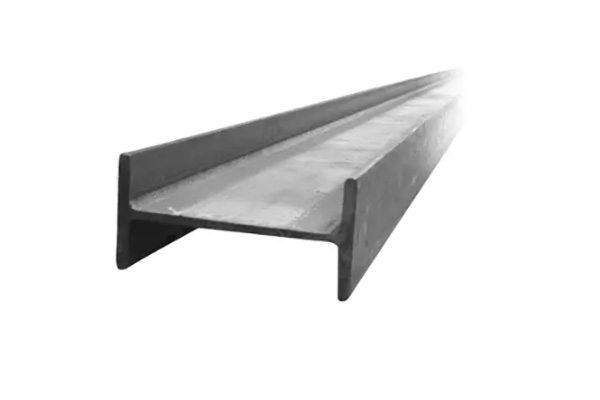When designing or renovating a structure, determining the correct size of a steel beam is crucial for both safety and efficiency. One of the most common questions builders, homeowners, and engineers ask is: What size steel beam can span 20 feet? The answer depends on several important factors, including the load the beam will carry, the type of steel used, and how the beam is supported.
Let’s explore what goes into choosing a steel beam for a 20-foot span.

Understanding Steel Beam Terminology
Before discussing specific beam sizes, it’s helpful to understand how steel beams are labeled. A common designation for a steel I-beam in the United States is something like W10x30. Here’s what that means:
-
W stands for wide flange beam.
-
10 refers to the nominal depth of the beam in inches (actual depth may differ slightly).
-
30 means the beam weighs 30 pounds per foot.
The deeper and heavier the beam, the more load it can typically support over a given span.
Key Factors That Affect Beam Sizing
To determine the proper beam size for a 20-foot span, you need to consider the following:
-
Load Type: What kind of weight will the beam support? This includes:
-
Dead load: the weight of the structure itself (flooring, ceiling, roofing).
-
Live load: the weight from occupants, furniture, snow, etc.
-
Point load vs. uniform load: A point load is concentrated in one spot, while a uniform load is evenly distributed.
-
-
Support Conditions: Will the beam be simply supported at both ends, cantilevered, or supported continuously?
-
Deflection Limits: Structural codes often specify how much deflection (sagging) is acceptable under load. Beams with less deflection feel more stable and are better for certain applications like flooring.
-
Material Grade: Higher-grade steel can carry more load with a smaller beam.
General Guidelines for a 20-Foot Span
Assuming a residential floor load of about 40 pounds per square foot (live load) and 10 pounds per square foot (dead load), and that the beam supports a standard width of 10 feet (i.e., it carries 10 feet of floor load perpendicular to its length), you might consider:
-
W10x33 beam: Suitable for light residential loads.
-
W12x35 or W12x40: Better for moderate to heavy loads and reduced deflection.
-
W14x43 or larger: Used for heavier loads or in commercial settings.
These are ballpark figures. An engineer or architect should always verify the exact sizing based on the real load calculations and local building codes.
Alternatives to Standard I-Beams
Other types of steel beams can also span 20 feet, including:
-
Box beams or hollow structural sections (HSS): Offer greater torsional resistance and a clean, enclosed profile.
-
Channel beams or C-beams: Suitable for lighter applications.
-
Flitch beams: A combination of steel and wood, often used in renovations where space is limited.
Using Span Tables and Software
For non-engineers, one useful tool is a steel beam span table, which gives recommended beam sizes based on load and span. There are also software programs like BeamChek, SkyCiv, or StruCalc that allow you to input variables (load, span, material) and get an appropriate beam size with structural analysis.
Importance of Professional Input
While it’s possible to estimate beam sizes using rules of thumb or online calculators, structural design should always be reviewed or performed by a licensed structural engineer. This ensures:
-
Compliance with building codes.
-
Safety for long-term structural integrity.
-
Proper coordination with other construction elements.
Conclusion
A steel beam that spans 20 feet must be carefully selected based on the weight it supports and how it’s supported. For typical residential uses, a W10x33 or W12x35 beam may suffice, but heavier loads will require larger sizes. Always consult with an engineer to determine the safest and most efficient beam size for your project. Choosing the right beam ensures not only a safe structure but also cost-effectiveness in materials and labor.
Post time: May-10-2025



